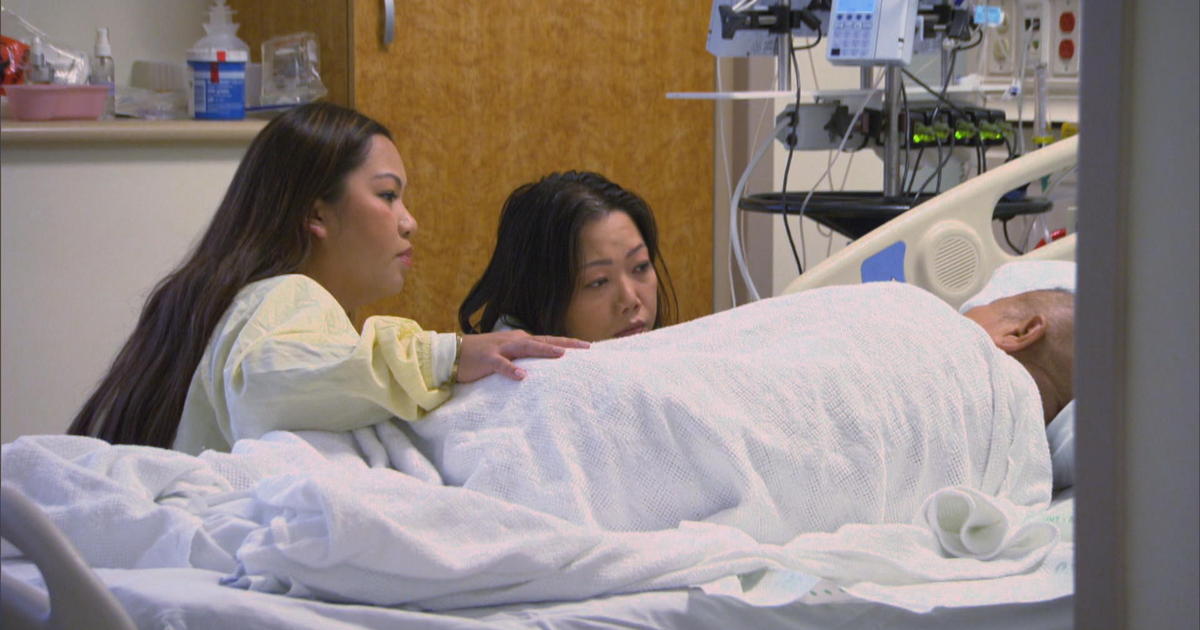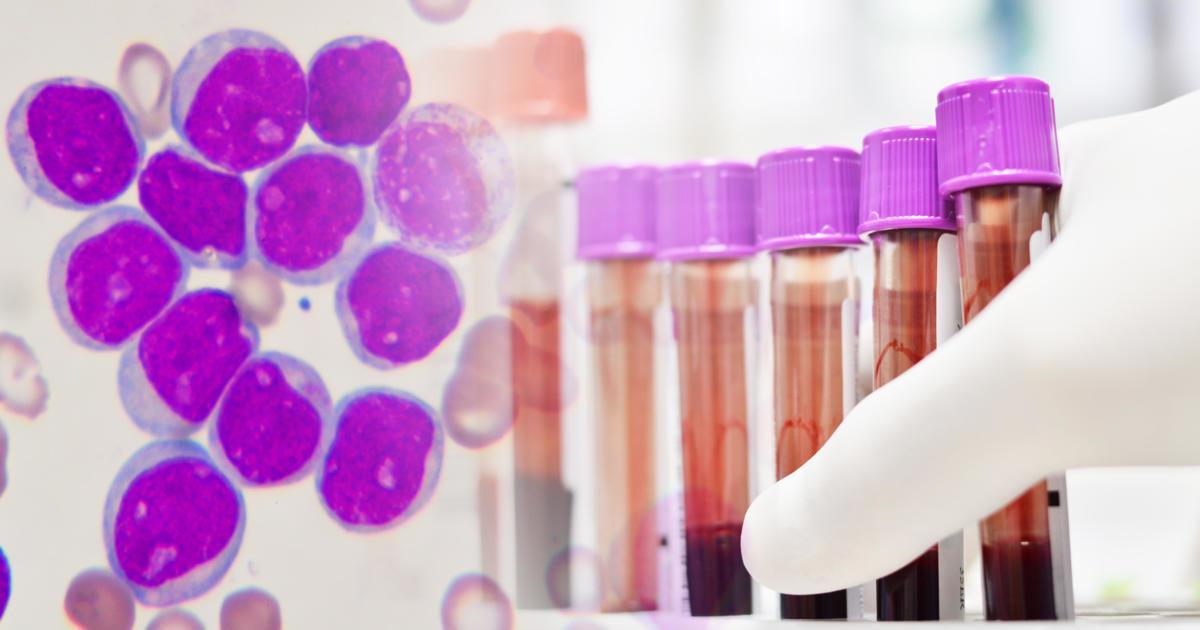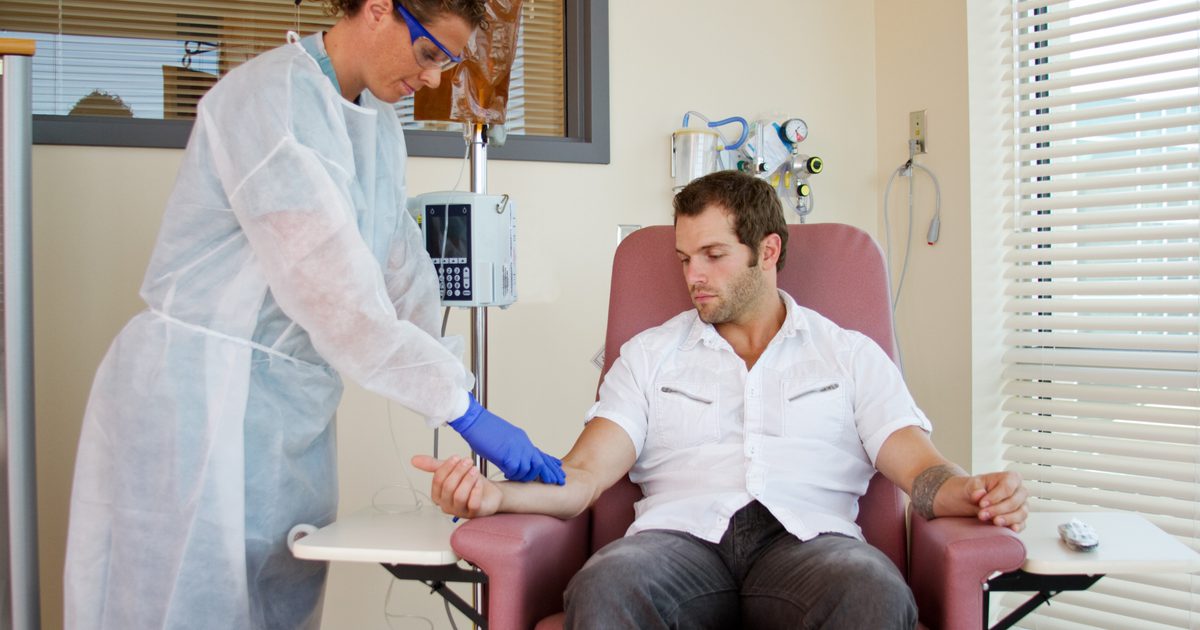Acute Myeloid Leukemia Overview
Acute myeloid leukemia is a form of cancer that affects the blood and bone marrow. It can affect red blood cells, white blood cells, and platelets. Acute myeloid leukemia mainly affects adults and the chance of developing it increases with age. The word acute means the disease or the cancerous cells progress at a rapid pace. An individual experiencing acute myeloid leukemia may have a drastic decline in health over a short period.
Breaking Down Symptoms

Symptoms indicating acute myeloid leukemia vary based on what stage it happens to be at. In the early stages, symptoms can mimic the flu or another similar illness, and typically include fatigue, weight loss, night sweats, fever, and loss of appetite.
As the disease progresses, symptoms will vary based on the type of acute myeloid leukemia each patient is suffering from. Patients who have fewer red blood cells than normal can experience weakness, pale skin, dizziness, cold hands and feet, irregular heartbeat, headaches, and shortness of breath, in addition to the early symptoms just discussed. Patients with fewer healthy white blood cells can experience achy muscles, weakness, fatigue, fever, and diarrhea, as well as an increase in infections. Patients with fewer platelets in AML can experience symptoms such as slower blood clotting, bleeding gums, nosebleeds, ease of bruising, and sores that don't heal well.
When acute myeloid leukemia spreads to other parts of the body, it can include symptoms such as seizures, bone and joint pain, blurred visions, facial numbness, balance issues, skin spots or rashes, swelling (belly, neck, groin, underarms, gums, and above the collarbone), and bleeding gums.
Continue reading to learn more about the effects on the body.
Effects On The Body

The actual cells this cancer affects are a specific type of blood cell considered a type of infant cell called myeloid cells, which given the opportunity, will develop into the various types of blood cells such as red blood cells, white blood cells, or platelets, depending on the body's needs. With this type of leukemia, the myeloid cells do not mature the way they are supposed to and continue to build up within the bone marrow. Typically, these cells are a type of white blood cells. In rare cases, some patients develop a solid tumor outside of the bone marrow, which can further hinder the flow and development of blood cells.
Continue reading to learn more about what to expect with this condition.
What To Expect

In the early stages of acute myeloid leukemia, patients may have anemia, which can cause fatigue, chronic infections, bleeding with minor cuts, bruising, paleness, and shortness of breath. On rare occasions, gum tissue in the mouth will swell or bleed. This form of leukemia is often discovered by having an abnormal result on a complete blood count test, though to confirm findings, doctors may also take a bone marrow biopsy. Without proper treatment, acute myeloid leukemia can prove fatal. The organs affected by the abnormal cells are the liver, spleen, brain, spinal cord, and lymph nodes. The outcome of the affected organs could be overall organ damage or even organ failure.
Keep reading to reveal the risk factors associated with acute myeloid leukemia.
Risk Factors

Certain factors can increase an individual's risk of developing acute myeloid leukemia. These factors include being exposed to highly concentrated amounts of radiation, smoking, exposure to chemicals such as benzene as well as some detergents and paint strippers over time, chemotherapy drugs such as mechlorethamine, as well as the presence of congenital conditions such as Down syndrome. Furthermore, it is important to note research indicates men are at a higher risk of developing acute myeloid leukemia than women, although both sexes can develop the disease.
Continue reading for details on the treatment of acute myeloid leukemia now.
Treatment

Doctors will typically use a combination of chemotherapy, radiation, targeted therapy, and stem cell transplant to effectively treat a patient's acute myeloid leukemia. Although the specific treatment will depend on individual cases and can very well shift based on patient response, there is a basic method for treating this type of cancer.
The first major goal of treating this type of cancer is to get the patient into remission. This is typically where doctors will use aggressive rounds of chemotherapy and radiation. To wipe out any remaining cells, doctors can once again use chemotherapy, but will also often schedule patients for a stem cell transplant. Although chemotherapy is intended to help the patient, it also has quite a few serious side effects, including nausea, hair loss, vomiting, loss of appetite, mouth sores, diarrhea or constipation, fatigue, and an increased risk of infection.